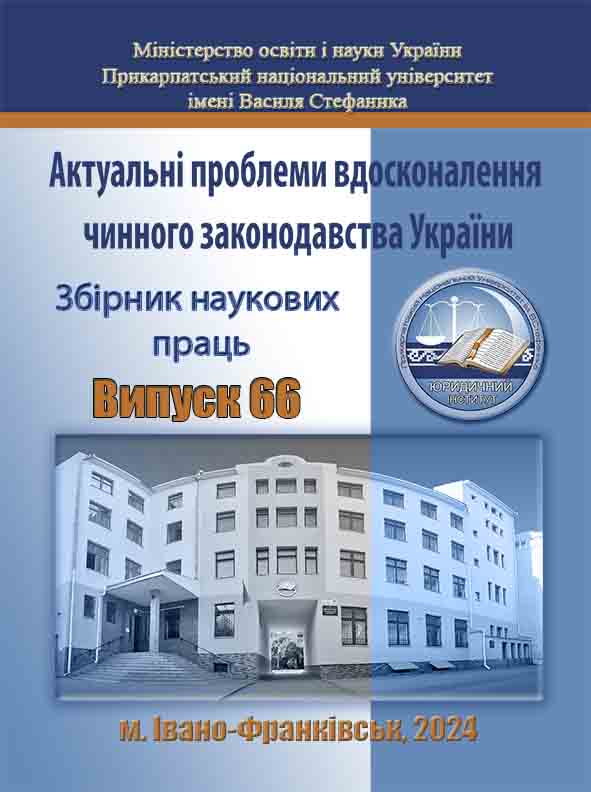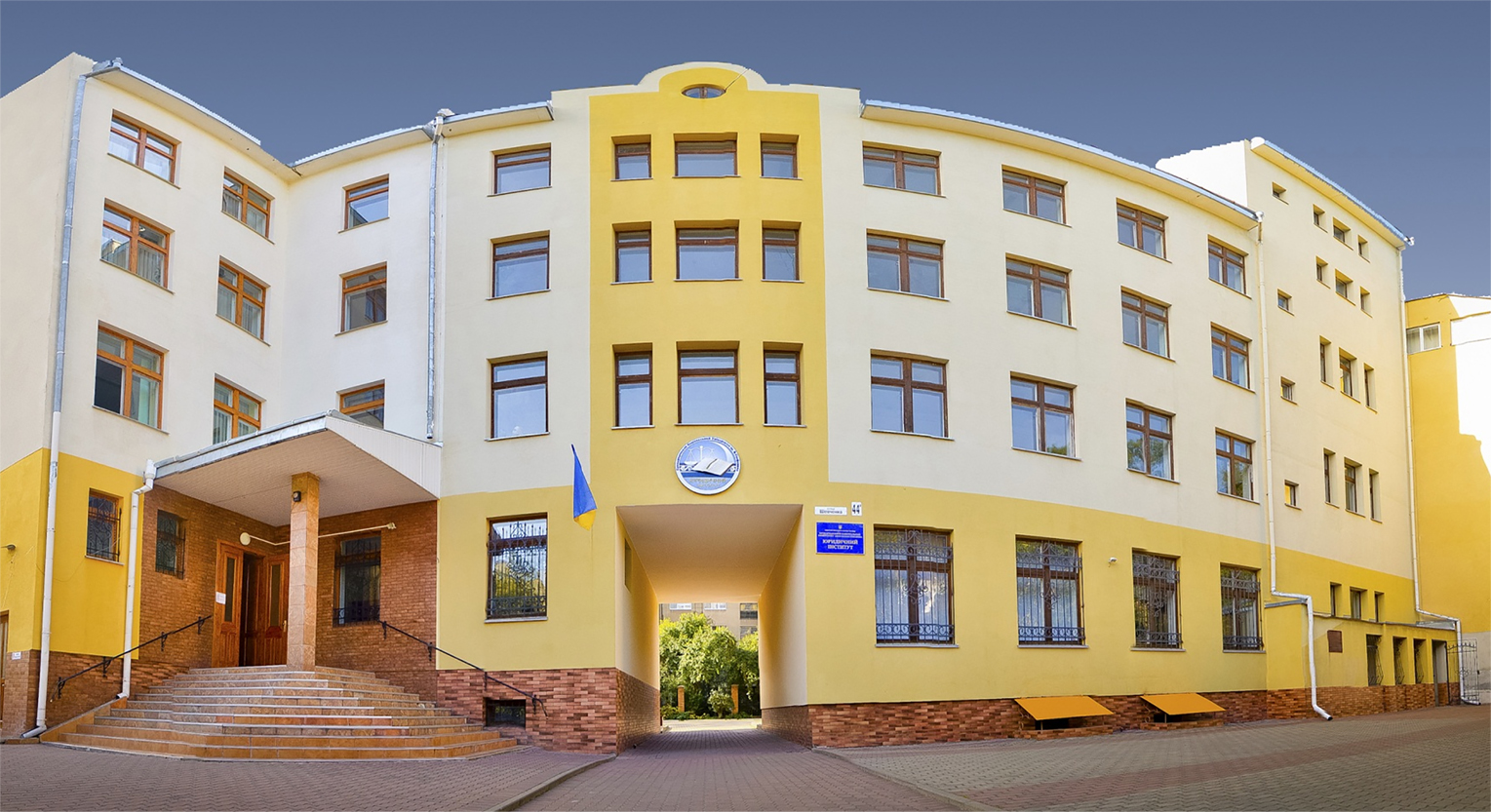Reference and auxiliary records, their place in the system of forensic registration
DOI:
https://doi.org/10.15330/apiclu.66.1.83-1.89Keywords:
reference and auxiliary records, physical samples, forensic registration, collection samples, reference information, catalogsAbstract
The article is devoted to the coverage of an urgent problem in forensic science regarding the concept and content of reference and auxiliary records, their place in the system of forensic registration.
The constant increase in the number of expert tasks and the sophistication of research methods have significantly expanded the scope of information that an expert must have. However, this information is not always within the scope of the so-called traditional methodological assistance and cannot be retained in memory in all the necessary details. However, the expert must know where to find it and which information source to use in each case [2]. This is what led to the allocation of an independent type of information retrieval system in the system of forensic registration - reference and auxiliary records. They are based on the reference and information funds of forensic units, research laboratories of forensic examinations, etc.
Reference and auxiliary records of the forensic registration system act as a means of solving many expert problems, as they ensure the accumulation, processing, preservation, search and rational use of reference information and auxiliary objects.
The content of activities related to the organization and functioning of reference and auxiliary records includes the following components: determination of objects to be recorded; establishment of signs of group value of registered objects; concentration of objects of record (information about them) in certain places and in the prescribed manner; determination of specific forms of record keeping; placement of registration documents (objects of record) according to a certain system that ensures quick receipt of the necessary information about them; determination of the procedure for registering objects and their deregistration.
Reference and auxiliary records are formed on the basis of full-scale samples, catalogs, technical documentation and other information received.


